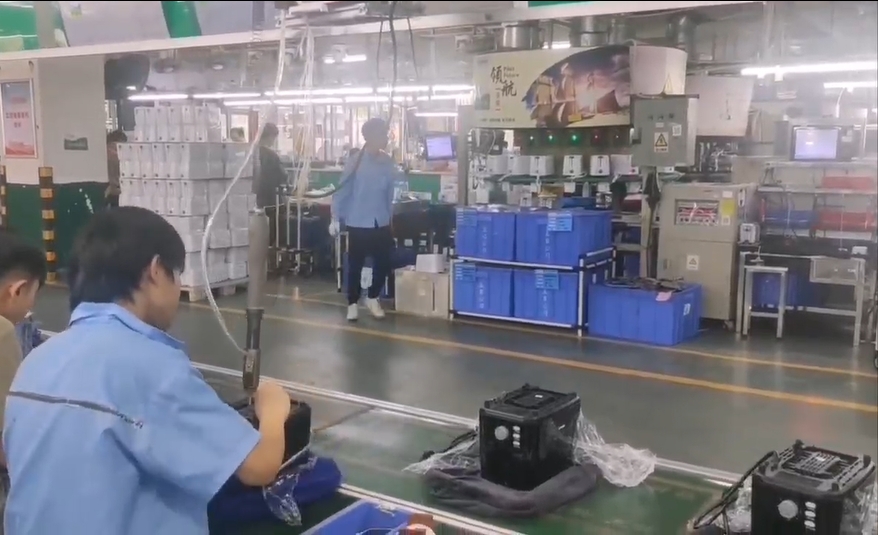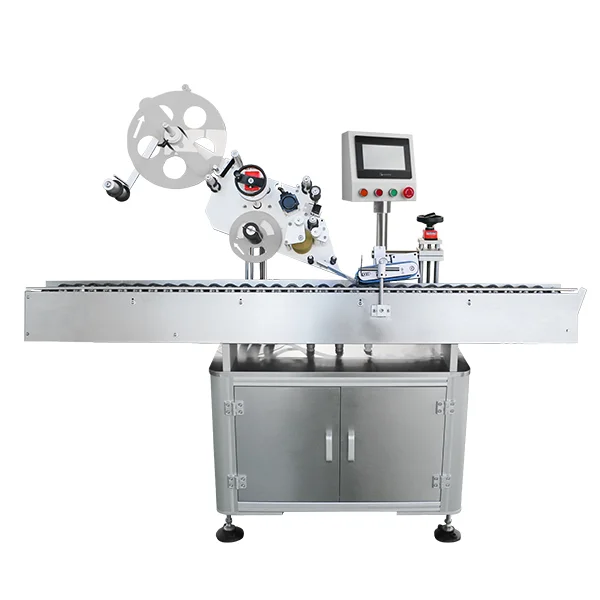When it comes to interior construction and renovation, Sheetrock, or gypsum board, is often the go-to material for walls and ceilings. Its popularity stems from its ease of installation, cost-effectiveness, and versatility. However, beneath its surface lies a range of disadvantages that can impact both the construction process and the long-term durability of a building. In this article, we will delve into the hidden drawbacks of Sheetrock, providing builders, contractors, and homeowners with a comprehensive understanding of its limitations.
- Susceptibility to Moisture Damage
One of the most significant disadvantages of Sheetrock is its vulnerability to moisture. Traditional gypsum board is not water-resistant, making it prone to mold and mildew growth in humid environments. This is particularly concerning in areas such as bathrooms, kitchens, and basements. When exposed to moisture, Sheetrock can deteriorate, leading to costly repairs and potential health hazards due to mold spores. While moisture-resistant variants, such as green board, exist, they still do not offer complete protection against water damage.
- Limited Structural Integrity
Sheetrock is primarily designed for interior applications and lacks the structural integrity of other materials like plywood or concrete. It is not suitable for load-bearing walls, which can limit its use in certain construction scenarios. Additionally, Sheetrock can be easily damaged by impacts, such as furniture collisions or accidental bumps. This fragility can lead to unsightly dents and holes, necessitating frequent repairs and touch-ups, which can be both time-consuming and costly.
- Fire Resistance Limitations
While Sheetrock is often marketed as fire-resistant due to its gypsum core, it is essential to understand that it is not entirely fireproof. In the event of a fire, Sheetrock can still contribute to the spread of flames and smoke if not installed correctly or if it is subjected to extreme heat. Builders must ensure that they adhere to local building codes and regulations regarding fire safety, which may require additional fire-resistant materials or treatments in certain applications.
- Environmental Concerns
The production of Sheetrock involves the mining of gypsum, which can have significant environmental impacts. The extraction process can lead to habitat destruction and increased carbon emissions. Furthermore, the disposal of Sheetrock at the end of its life cycle poses challenges, as it is not biodegradable and can contribute to landfill waste. For environmentally conscious builders and homeowners, these factors may necessitate the consideration of alternative materials that offer a lower ecological footprint.
- Labor-Intensive Installation and Finishing
Although Sheetrock is relatively easy to install, the finishing process can be labor-intensive. Achieving a smooth, professional finish requires multiple steps, including taping, mudding, sanding, and painting. Each of these steps demands skill and time, which can increase labor costs significantly. Additionally, if not done correctly, the finished surface can reveal imperfections that detract from the overall aesthetic of the space.
- Thermal Insulation Limitations
While Sheetrock provides some level of thermal insulation, it is not as effective as other materials like insulated panels or concrete. In climates with extreme temperatures, relying solely on Sheetrock for insulation can lead to increased energy costs and discomfort within the living space. Builders should consider integrating additional insulation materials to enhance energy efficiency and comfort.
Conclusion
While Sheetrock remains a popular choice for interior construction due to its affordability and ease of use, it is crucial to recognize its disadvantages. From moisture susceptibility and limited structural integrity to environmental concerns and labor-intensive installation, these drawbacks can significantly impact the longevity and safety of a building. Builders and homeowners should weigh these factors carefully and consider alternative materials or methods that may better suit their specific needs and circumstances. By doing so, they can ensure a more durable, efficient, and environmentally responsible construction process.


